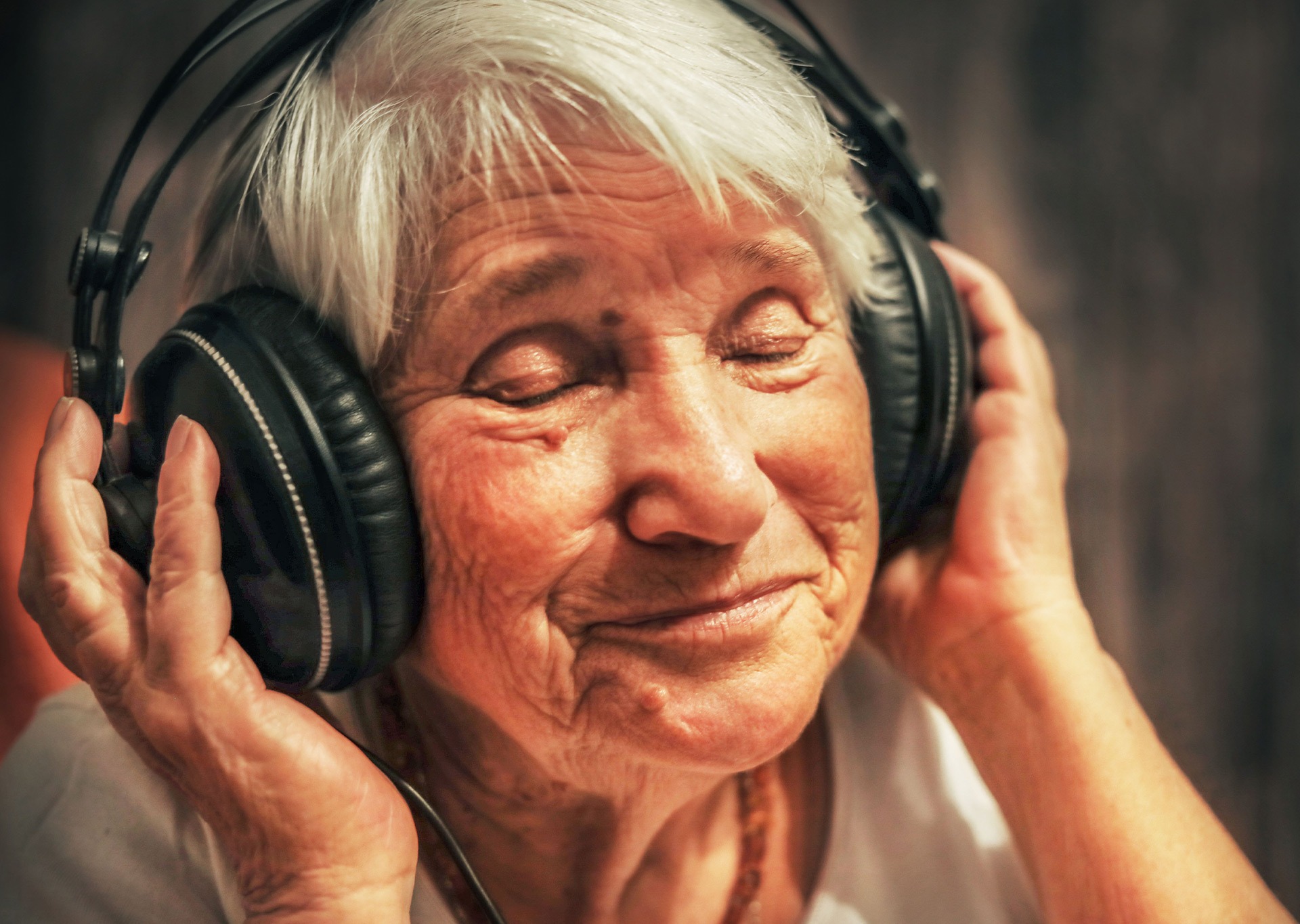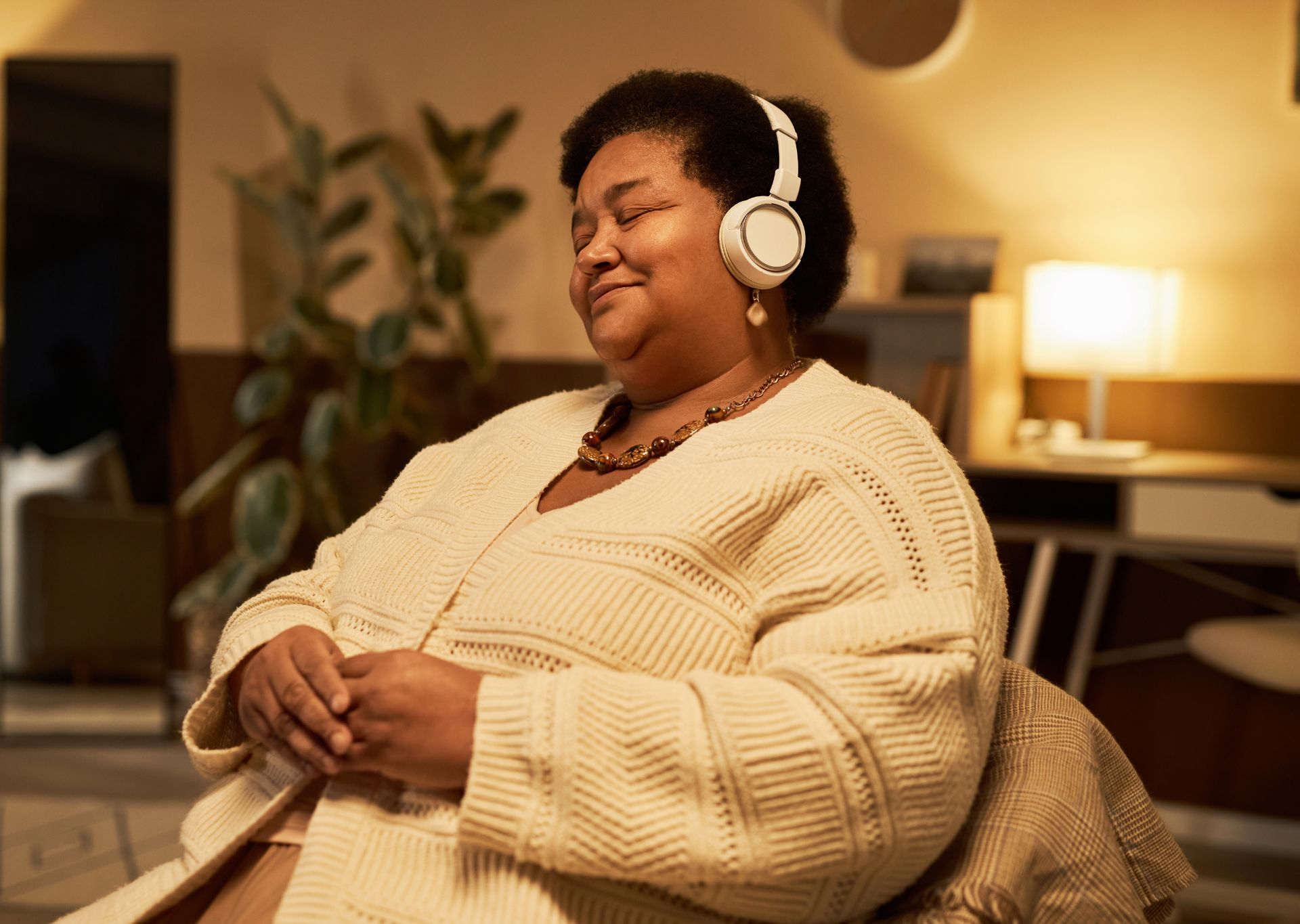
The role of music therapy in physical and emotional recovery
The power of music therapy in physical and emotional recovery: a comprehensive tool for healing
Music therapy has emerged as a powerful complementary tool in physical and emotional recovery processes. Whether following an injury, chronic illness, or in mental health contexts, the therapeutic use of music offers tangible and transformative benefits. In this article, we explore how music can contribute to healing the body and mind, promoting emotional well-being, and improving quality of life, adapting to the individual needs of each person.
- Physical stimulation through rhythm and movement
Music not only moves us; it also motivates us. In physical rehabilitation contexts, music therapy is used to improve motor functions, coordination and balance, especially when motivation or pain interfere with recovery.
- Improved voluntary movement: Songs with a steady rhythm can facilitate physiotherapy exercises, helping to maintain timing and flow of movement.
- Reduced pain and fatigue: Relaxing music or the patient’s favourite music can reduce the perception of pain, allowing for greater participation in therapeutic sessions.
- Support for neurological rehabilitation: In cases such as strokes, music activates areas of the brain related to language and coordination, which can promote the recovery of lost functions.
The use of familiar melodies and adapted rhythms makes physical sessions more enjoyable and emotionally positive experiences.
- Emotional well-being and inner expression
The emotional dimension of music therapy is one of its most recognised pillars. For those facing anxiety, depression, grief or trauma, music offers a powerful channel for support and expression.
- Secure emotional connection: Listening to certain pieces of music can evoke positive and comforting memories, creating a space of calm in difficult moments.
- Channel for non-verbal expression: Singing, improvising or playing an instrument allows you to express emotions that are often difficult to verbalise.
- Reduced isolation: Group music therapy sessions encourage interaction and create a sense of belonging and community.
- Mood regulation: Listening to the right music helps to balance intense emotional states, promoting greater emotional stability.
El simple acto de participar en una experiencia musical compartida puede abrir puertas a la sanación interna y al fortalecimiento de la autoestima.
- Personalización de la experiencia musical
Una de las grandes fortalezas de la musicoterapia es su capacidad de adaptarse a las preferencias, experiencias y necesidades únicas de cada persona. Esta personalización aumenta significativamente su impacto terapéutico.
- Selección musical individualizada: Los terapeutas trabajan con piezas que resuenan con la historia personal del paciente, generando una conexión más profunda.
- Técnicas activas y receptivas: Algunas personas se benefician de escuchar música (terapia receptiva), mientras que otras prefieren participar activamente cantando, componiendo o improvisando (terapia activa).
- Inclusión de instrumentos adaptados: Para personas con limitaciones físicas, se pueden utilizar instrumentos sencillos que no requieran fuerza o precisión, permitiendo que todos participen.
Personalisation not only enhances clinical benefits, but also transforms each session into a meaningful and emotionally enriching experience.
- Application in different clinical and personal contexts
Music therapy is versatile and can be integrated into a wide variety of therapeutic settings, from hospitals to homes, benefiting people of all ages and conditions.
- Physical and neurological rehabilitation: Useful for people recovering from surgery, strokes, or muscle injuries.
- Mental and emotional health: Promotes well-being in people facing disorders such as anxiety, depression or post-traumatic stress.
- Palliative care: Helps relieve pain and improve quality of life in people with terminal illnesses.
- Support in childhood and adolescence: Promotes emotional and social development, especially in children with special needs.
Its non-invasive and flexible nature makes music therapy an accessible and effective tool for various clinical profiles.
- Benefits for family members and carers
Not only do patients benefit from music therapy: its effects also extend to caregivers, family members, and healthcare professionals who are part of the recovery process.
- Moments of connection: Music can be a bridge for sharing meaningful moments, especially when words are not enough.
- Caregiver stress reduction: Listening to relaxing music or participating in joint sessions can relieve tension and strengthen emotional bonds.
- Communication tool: For people with speech difficulties, music can facilitate new forms of interaction and understanding.
Including loved ones in some sessions strengthens the emotional support network and humanises the therapeutic process.
Conclusion
Music therapy is much more than just listening to songs: it is a therapeutic tool that integrates art, emotion and science to accompany physical and emotional healing processes. Adapted to each person’s needs, it can relieve pain, improve mobility, reduce stress and promote emotional expression. Whether in a hospital, at home, or in a therapeutic centre, music has the power to transform the recovery experience into a more human, profound, and hopeful journey.








